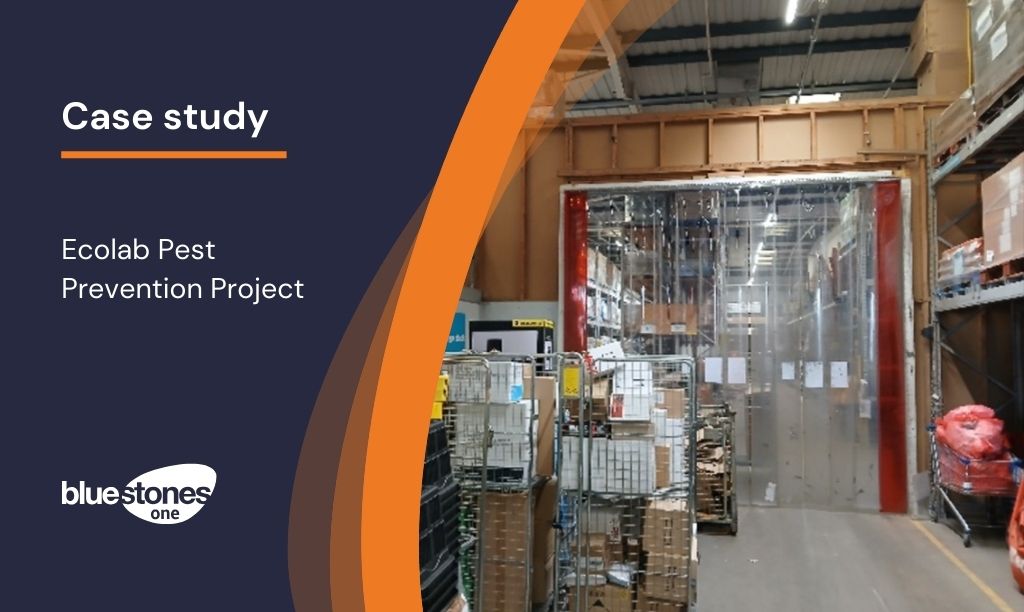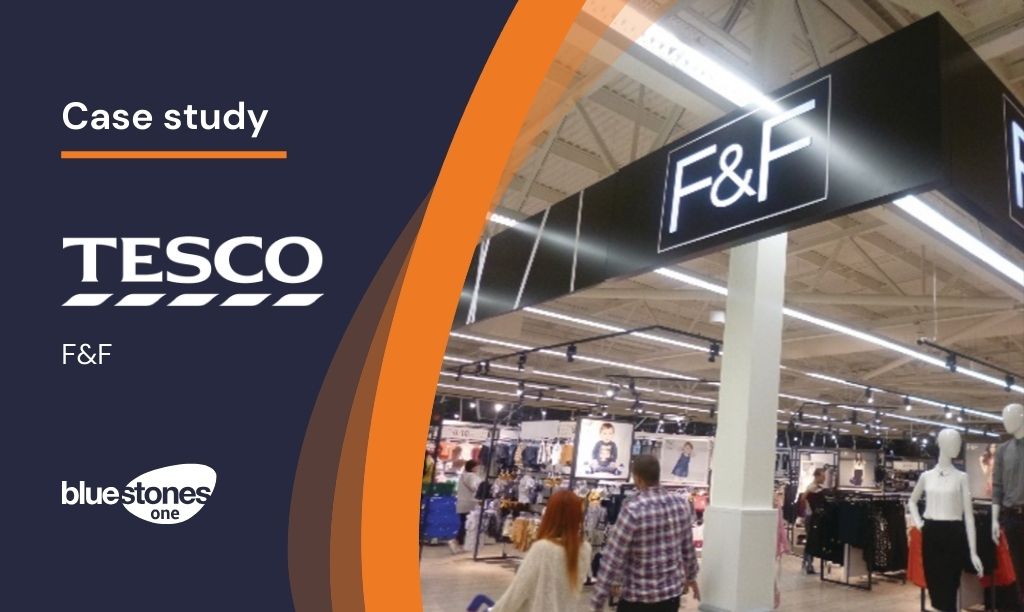What is effective retail merchandising and why is it important?
Effective retail merchandising refers to the strategic planning, presentation, and arrangement of products in a retail store to maximize sales and enhance the overall shopping experience for customers. It involves various techniques and considerations, such as product placement, visual display, pricing, promotions, and overall store layout.
Here are the main benefits of effective retail merchandising for retailers…
1. Attracting customers
Effective retail merchandising helps create an appealing and engaging shopping environment. By strategically arranging products, creating eye-catching displays, and utilising visual merchandising techniques, stores can attract customers’ attention and encourage them to enter the store. It helps create a positive first impression and entices potential customers to explore further.
2. Increasing sales
Well-executed retail merchandising can significantly impact sales. By showcasing products in an organised and visually pleasing manner, stores can highlight their key offerings, new arrivals, or promotional items. This helps drive customer interest, leading to increased sales. Additionally, effective merchandising techniques such as cross-selling and upselling can encourage customers to purchase additional items or higher-value products.
3. Enhancing customer experience
Retail merchandising plays a vital role in creating a positive customer experience. It involves creating a well-organised store layout, clear product signage, and intuitive product placement. When customers can easily find what they’re looking for and navigate the store effortlessly, it improves their overall shopping experience. A positive experience increases customer satisfaction, encourages repeat visits, and fosters customer loyalty.
4. Branding differentiation
Effective retail merchandising involves careful planning and management of inventory. By analysing sales data, trends, and customer preferences, stores can make informed decisions about product assortment, quantities, and placement. Proper inventory management ensures that popular items are adequately stocked, reducing out-of-stock situations, and maximising sales opportunities.
5. Inventory management
Merchandising allows stores to showcase their unique brand identity and differentiate themselves from competitors. By aligning the visual elements, store ambience, and product assortment with their brand image, stores can create a distinct identity that resonates with their target customers. Strong branding through merchandising helps build brand recognition, customer loyalty, and a competitive advantage.
6. Maximising space utilisation
Retail space is valuable, and effective merchandising helps optimise its utilisation. By strategically arranging products and displays, stores can make the most of their available space. This includes utilising vertical space, creating focal points, and implementing effective product categorisation. Maximising space utilisation leads to improved product visibility, easier customer navigation, and increased sales per square foot.
Overall, retail merchandising is essential for stores as it drives sales, enhances customer experience, strengthens branding, optimises inventory management, and maximises the potential of the retail space. It creates a visually appealing and customer-centric environment that encourages customers to explore, engage, and make purchases.



